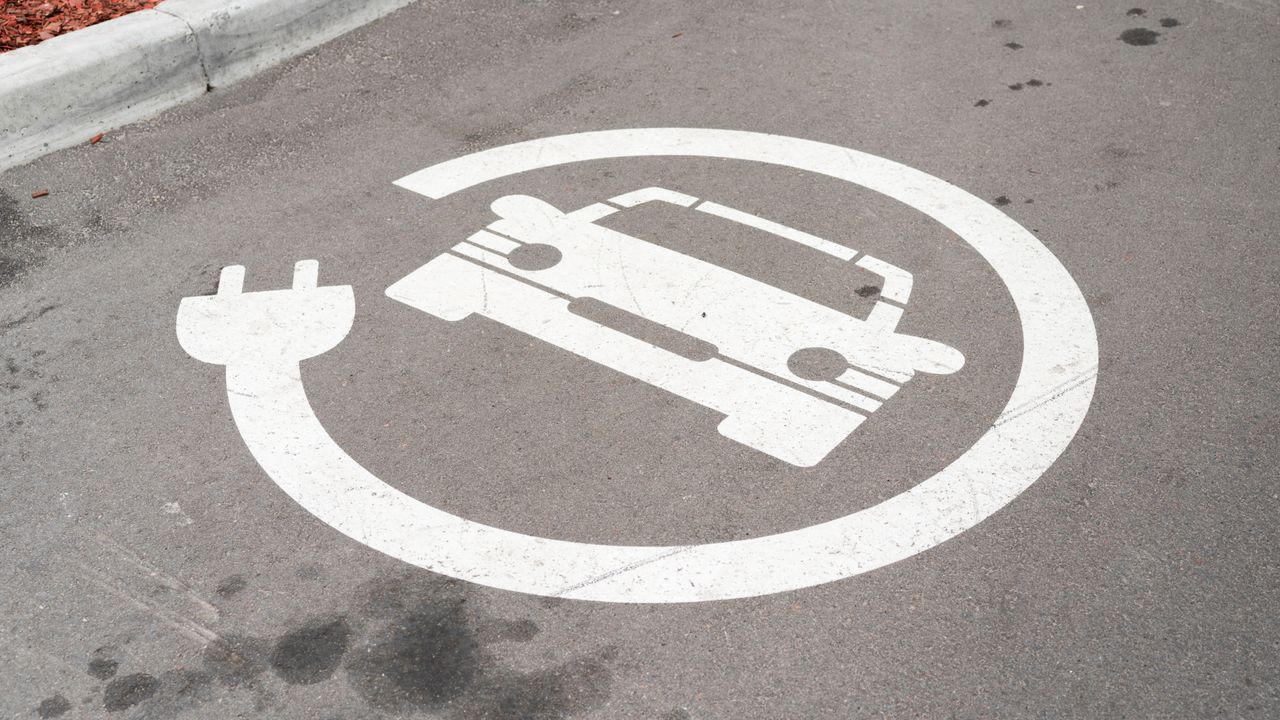Electric Motors: Revolutionizing Transportation with Sustainable Advancements
Electric motors have come a long way in recent years, with significant advancements in technology and efficiency. These innovations have paved the way for electric propulsion and drivetrain systems, revolutionizing the transportation industry. In this article, we will explore the benefits of electric motors and how they are transforming the way we move.
Efficiency and Environmental Benefits
One of the key advantages of electric motors is their high efficiency. Unlike internal combustion engines, which waste a significant amount of energy as heat, electric motors convert a higher percentage of electrical energy into mechanical energy. This efficiency not only reduces energy consumption but also minimizes greenhouse gas emissions, making electric motors a more environmentally friendly option.
Furthermore, electric motors do not rely on fossil fuels for operation. Instead, they can be powered by renewable energy sources such as solar or wind power. This shift towards clean energy not only reduces our dependence on finite resources but also helps combat air pollution and climate change.
Improved Performance and Power
Electric motor advancements have also led to significant improvements in performance and power. Electric motors offer instant torque, providing quick acceleration and responsive handling. This instantaneous power delivery makes electric vehicles (EVs) a thrilling experience to drive, rivaling their gasoline-powered counterparts.
Additionally, electric motors have fewer moving parts compared to internal combustion engines, resulting in reduced maintenance requirements. With fewer components susceptible to wear and tear, EV owners can enjoy lower maintenance costs and increased reliability.
Quiet and Smooth Operation
Another notable benefit of electric motors is their quiet and smooth operation. Unlike traditional engines that produce noise and vibrations, electric motors run almost silently. This feature not only enhances the driving experience but also reduces noise pollution, particularly in urban areas.
Moreover, the absence of gears in electric drivetrains eliminates the need for gear shifting, resulting in a smoother ride. The seamless acceleration and deceleration of electric vehicles contribute to a more comfortable and enjoyable journey for both drivers and passengers.
Energy Recovery and Regenerative Braking
Electric motors are equipped with regenerative braking systems, which allow them to recover energy during deceleration or braking. When the driver applies the brakes, the electric motor reverses its operation, acting as a generator and converting kinetic energy back into electrical energy. This energy is then stored in the vehicle’s battery for later use.
Regenerative braking not only increases the overall efficiency of electric vehicles but also extends their range. By harnessing energy that would otherwise be wasted, electric motors maximize the mileage of EVs, making them a practical choice for daily commuting and long-distance travel.
Conclusion
Electric motors have undergone remarkable advancements, paving the way for electric propulsion and drivetrain systems. These innovations offer numerous benefits, including improved efficiency, reduced environmental impact, enhanced performance, and a more enjoyable driving experience. As electric vehicles become increasingly accessible and affordable, we can expect to see a significant shift towards sustainable transportation powered by electric motors.
